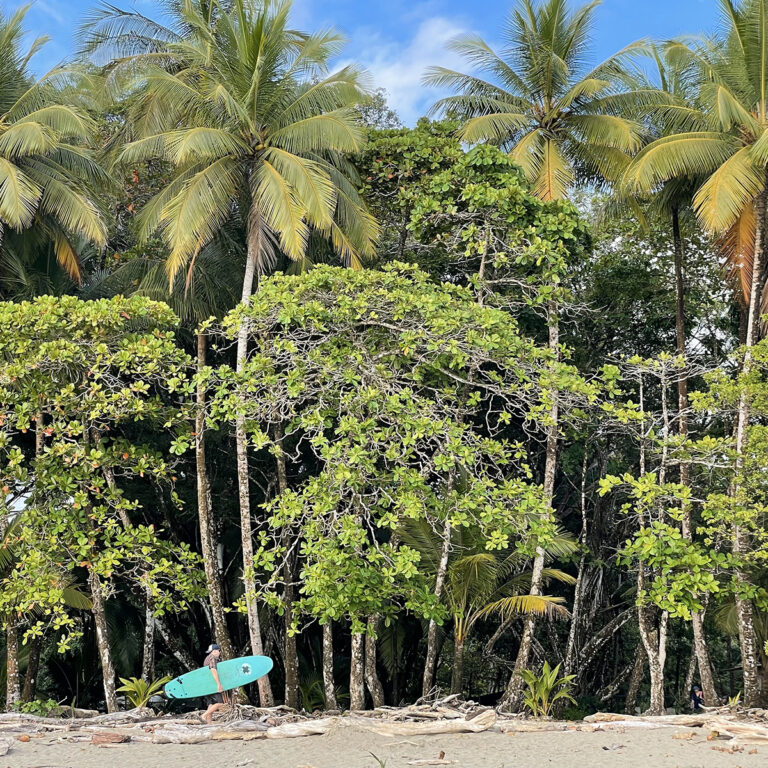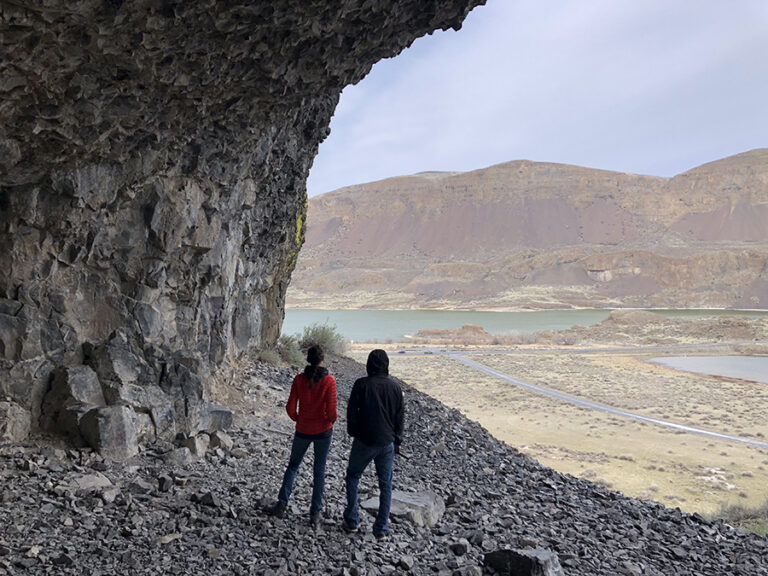One essay I love to teach in my day job at Spokane Falls Community College is Ralph Waldo Emerson’s “Nature.” My love of the essay began when I read that “The charming landscape . . . is indubitably made up of some twenty or thirty farms. Miller owns this field, Locke that, and Manning the woodland beyond. But none of them owns the landscape.” When I understood that, I felt exhilarated.
But why do I feel this way? According to the work of 18th century English philosopher Edmund Burke, it’s by understanding the difference between the beautiful and the sublime. His work “A Philosophical Enquiry into the Origin of our Ideas of the Sublime and Beautiful” provides an understanding of the way nature works its wonders.
Burke writes that beauty is founded on pleasure. Beauty is light and delicate. Beautiful things are comparatively small, diminutive in some way. They have a smooth texture with no abrupt edge or angle, no clearly obvious line, yet those lines deviate with some sense of delicacy or fragility. Burke includes mild colors of light blues and soft greens, weak whites, pink reds, and violets in the beautiful.
What winter provides is more likely to be the sublime. The sublime is founded on pain and terror and is vast in its dimension. It ought to be dark and gloomy, solid and massive. The power of a storm is the power of the sublime.
German philosopher Arthur Schopenhauer tells us how to see what is beautiful and what is sublime. He describes beauty as being like the light reflected off a flower or similarly delicate object. Schopenhauer says beauty fosters a loss of self-consciousness. The sublime is characterized by two conjoined moments of self-consciousness, when we both turn inward into ourselves and outward to the infinite.
The sublime, as Schopenhauer describes it, begins with the “weakest feeling of the sublime.” This occurs when we experience pleasure from beholding objects that pose no threat to us or are devoid of life. During the winter months, we might experience this in the sight of dew frozen on a spider web, a snowflake upon close examination, or frozen moisture crystallizing on a pane of glass. This could easily overlap with a sense of beauty.
Next is the “weaker feeling of sublime,” where we feel pleasure from and among objects that cannot sustain our lives. This could include looking out upon a landscape covered in freshly fallen snow. For me it’s the excitement when I stand atop a slope, ready to drop into fresh powder, picking a line through trees layered in the snow, no evidence that anyone has been there before me. Some skiers might say this is just what sustains our skiing lives, excluding it from the sublime.
We experience the “sublime” when feeling pleasure from objects in nature that threaten to hurt or destroy us. Anyone caught out in a winter storm might experience this. Just how threatening the weather might be would depend upon how well prepared we are, how well dressed, how well equipped, and assuming we don’t have to travel through a blinding whiteout. We might feel this while watching from the protection of our home or other shelter. We can enjoy this mild terror from a safe place, reveling in the power of nature, but protected from it.
With the “full feeling sublime,” we experience an overpowering turbulent Nature, the pleasure from beholding violent, destructive objects. I often think of the Spokane falls during the spring runoff, standing on the Riverfront Park suspension bridge with the violence of the water crashing into and over the basalt outcroppings. Those who have seen the July 2022 video of a collapsing glacier in Kyrgyzstan may have experienced this feeling, as did those who recorded the video, all of whom survived. The video shows the glacier careening down the mountain and across the valley floor. The photographer ducks behind a rock outcropping just as the wave of ice, rock and snow cascades over him. He emerges safe, reporting feeling giddy from the pleasure of survival.
Finally, there is the “fullest feeling sublime,” where we experience the immensity of nature and our place in it, insignificant though we are. I know of no better way to illustrate this than to consider what Emerson writes in “Nature,” that “If the stars should appear one night in a thousand years, how would men believe and adore; and preserve for many generations the remembrance of the city of God which had been shown!” Most of us are so used to this commonplace occurrence, when we can get away from light pollution, that we fail to see and appreciate the sublimity.
One need not believe in God to experience the sublime in all its pleasure and power. But it is through experiencing the sublime that we can understand and become Emerson’s “transparent Eyeball,” where, he writes, “we are nothing yet see all, where the currents of the Universal Being circulate through us and we are part or particle of God.” For that, I can think of no better reason to get out into the natural world. //
Bradley Bleck loves the insight literature and reading provides into nature, living, and his place in the universe. He last wrote about Indigenous place names in the Inland Northwest for the September/October 2023 issue of OTO. He teaches English at Spokane Falls Community College and loves nearly everything Spokane.
Cover photo courtesy Bradley Bleck












